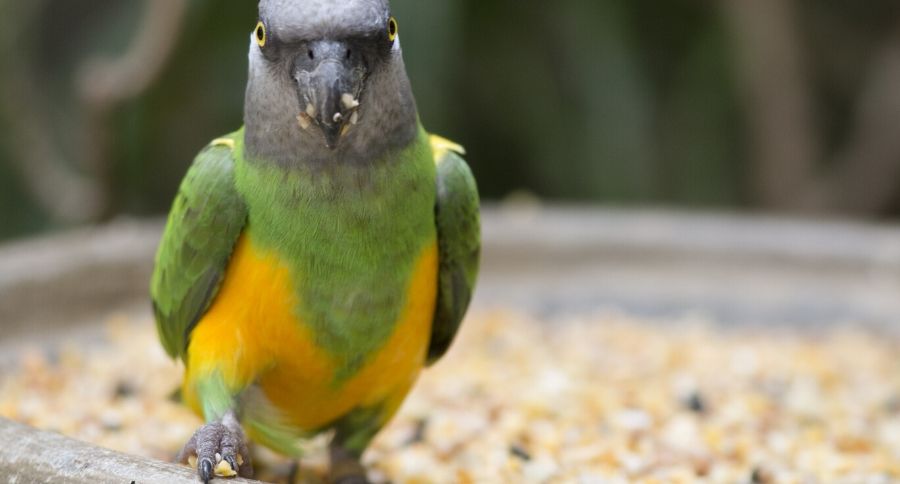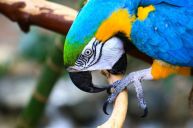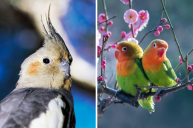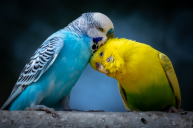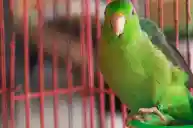As the proud owner of two flocks of chickens, I must admit that I'm a big fan of birds! Senegal parrots are one of the most popular and common pet birds.
Hand-raised and well-socialized Senegal parrots will bond with their owners.
According to the experts at the Beauty of Birds, these little parrots are charming and highly trainable, and often are a great source of entertainment and amusement for their owners. They are generally robust birds. Well-socialized Senegals enjoy regular human interaction, but can also play independently.
Senegal parrot breed overview
According to Pet Guide, Senegal parrots are quite small compared to other parrots, with an average size reaching 9 inches and a weight of 6 ounces.
- They have a slightly oversized head and beak, which both seem a bit large when compared to the rest of their body.
- The males sometimes tend to grow larger and heavier than the female birds.
- They have a long lifespan of 50 years.
You should put them in your will!
History
https://www.instagram.com/p/B8qCywaJQjh/
The Poicephalus genus of parrots is a group that includes 10 species from central Africa, identified by stocky bodies, short tails and relatively large heads and beaks.
The Senegal parrots are the most common of the Poicephalus and are fairly easy to find in pet shops.
How do you care for Senegal parrots?
These pet birds need to be socialized. They also need daily enrichment and like all pet birds, they will pluck their feathers if they're bored or unhappy with their environment. Feather plucking and screaming (biting too) are common behavior problems. Beauty of Birds tells us that these behavior issues need to be addressed immediately.
"The best solution to preventing or eliminating these behaviors is to ensure that your Senegal Parrot has plenty of space, lots of toys and gets plenty of attention. The source of just about all behavioral problems is frustration, boredom and loneliness."
Pet owners must consider jealousy and many family members need to handle this bird.
Speech and sound
https://www.instagram.com/p/B8llvOCFFGI/
Senegal Parrots are considered quiet but they definitely can let out loud and piercing screeches when excited, alarmed or upset. In general terms, however, they can make good apartment birds as noise is rarely a problem. The Beauty of Birds tells us that they will imitate sounds but are relatively quiet.
"Senegal parrots do learn to mimic, but are generally more adept at sounds than clear speech. The sounds they typically pick up may be the phone ringing, whistling, microwave beeps, smoke alarms and barking. They will learn to imitate the natural calls of other birds in the house (or outside) with ease."
There are other birds you can consider, too, like the Macaw, Parakeet, Cockatiel and African Grey.
What about diet for these small parrots?
Senegals kept as pets should be offered a varied diet consisting of fresh fruits and vegetables, healthy seeds such as flax, hemp and chia seed, tree nuts and a high-quality, formulated, pelleted diet. Talk to your local pet store about the best-pelleted diets available. As a bird owner, you'll need to also consider their aviary and the staff can advise on you on enrichment activities for your pet parrot.
This parrot species is mostly dark green and brownish-gray with an iridescent green throat, orange thighs and a yellow chest. The beak and feet are black, and the eye is a light yellow-orange, set off by the darker gray of the face.
Scientific names include Poicephalus senegalus. It has two subspecies: Poicephalus senegalus senegalus (most common), which has a yellow chest vest; and P.s. versteri, which has a chest vest that is deep orange.
This bird species will become your bestie!
Have you ever seen a Senegal parrot? Please leave us a comment below!
